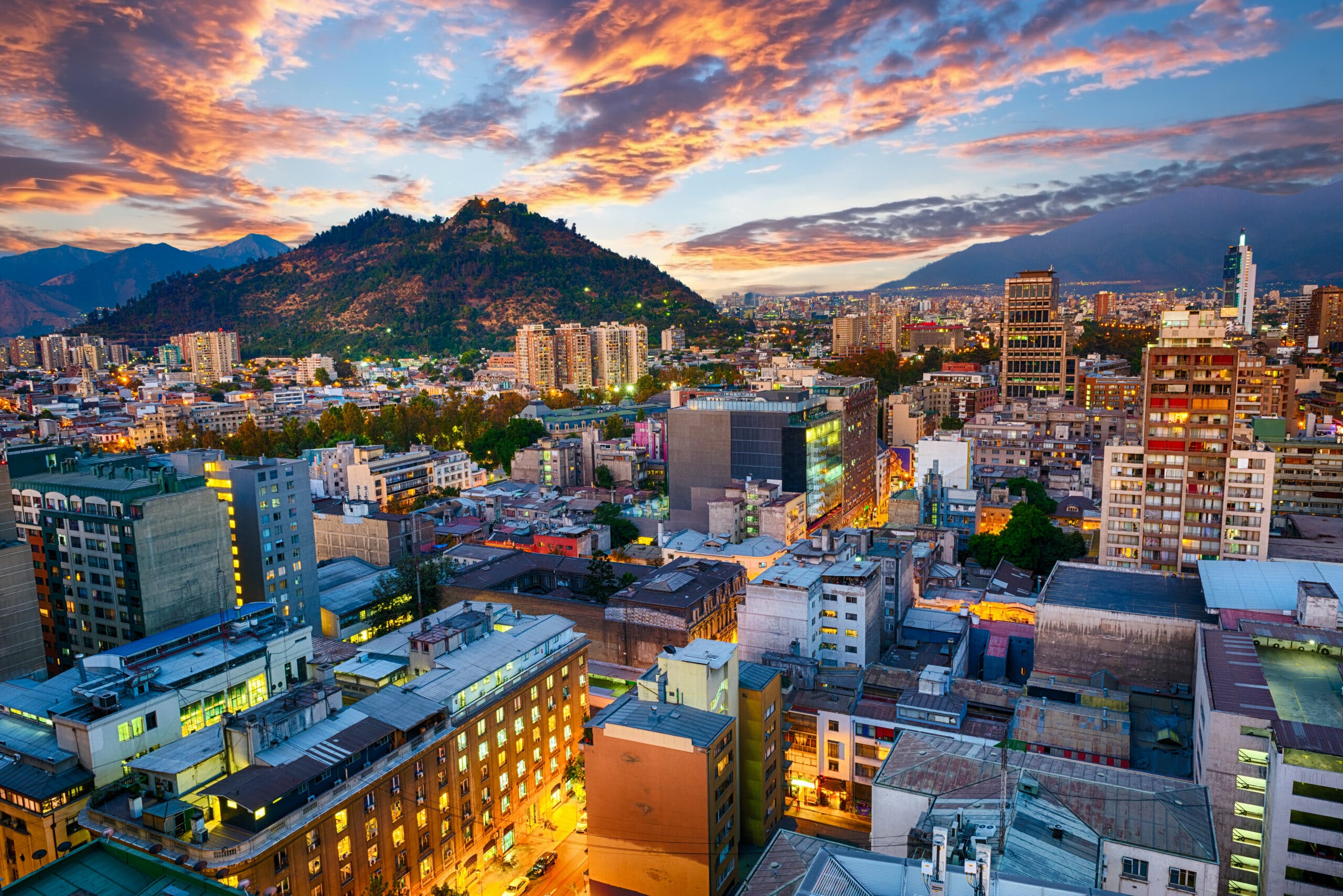What does the future hold for Latin American tech investment?

Why did Latin America experience some of the sharpest increases in VC investment of any region in the last 10 years? And is the multi-country bloc prepared for an economic slump in 2023?
Latin American companies have been a staple in any investment strategy – particularly in ecommerce and fintech – for a decade. Venture funding in the region rose steadily from 2010 to 2020 before a huge spike in 2021, when Crunchbase estimated a near-US$20 billion cash injection into the region. Although this rise has been tapered by a global slump in investment, Crunchbase data shows investors still put US$8.3 billion into the region in 2022.
Pedro Beirute Prada, CEO of Costa Rican public body PROCOMER, asserted that the region is still worth funding, despite a fall in those numbers this calendar year: “Latin America, as in any emerging market, implies risk … but with risk there’s reward.”
Variances in economic structures, under-developed business infrastructure and, critically, political instability across the region have been traditional causes of concern for VCs. Miryam Lazarte, co-founder and CEO of LatAm Startups, believes this last point was most prominent in holding the area back: “Constant changes in government can make investors nervous.”
However, Miryam also noted that a wave of optimism has washed over the region, bringing with it millions in funding opportunities: “It’s been an exciting time for Latin America. We’ve seen new companies and new technologies, people taking control of markets, which wasn’t happening six or seven years ago.”
Building up Latin America’s tech scene
What’s changed in that time? Commentators within the region point to three main factors:
 Image of speakers discussing the Latin American investment economy at Collision 2022: Piaras Ó Mídheach/Web Summit (CC BY 2.0)
Image of speakers discussing the Latin American investment economy at Collision 2022: Piaras Ó Mídheach/Web Summit (CC BY 2.0)
Startup hubs around Latin America
With Latin America comprising dozens of countries and a population in excess of 600 million people, business conditions can vary greatly across the region. Miryam offered a breakdown of the startup hubs within Latin America:
- One major sub-region is the Pacific Alliance of Mexico, Colombia, Peru and Chile. These countries all have similar economies and legislative structures. They also have similarities with certain sectors in the US and Canada, making it easier for them to do deals there. This organization encompasses nearly 50 percent of the Latin American region’s whole value.
- Brazil is another major regional market. Startups in Brazil flourish thanks to market liquidity, high levels of government investment, and low-interest rates on business loans. Brazil represents around half of the startup market value in Latin America.
- Argentina and Uruguay have a reputation for developing disruptive technologies. While they may not boast the same number of unicorns as elsewhere in Latin America, innovation and new-generation ideas are high on the agenda. These two countries combine for much of the remainder of the region’s startup value.
Overcoming the next investment challenge
The world is facing an economic downturn, and Latin America – a high-growth but developing market – could be at risk. However, with the major business growth in the region in the years leading to this point, it now seems that more organizations could have the structures in place to ride out the storm.
Miryam pointed to companies in industries including Web3 and cybersecurity as potentially resistant to the worst effects of the less fertile landscape, noting that “companies trying to build a customer base, rather than just focusing on funding, will survive”.
Juan Pablo remained bullish about the coming changes: “A lot of investment is still available, but what you see now is founders building businesses on healthy revenue streams, rather than on bad models supported by crazy funding.”
Keen to find out about new trends in investment and entrepreneurship? Meet thousands of experienced investors at Web Summit Rio this May!
Main image of the CBD of a South American city: Filip Fuxa/Shutterstock



